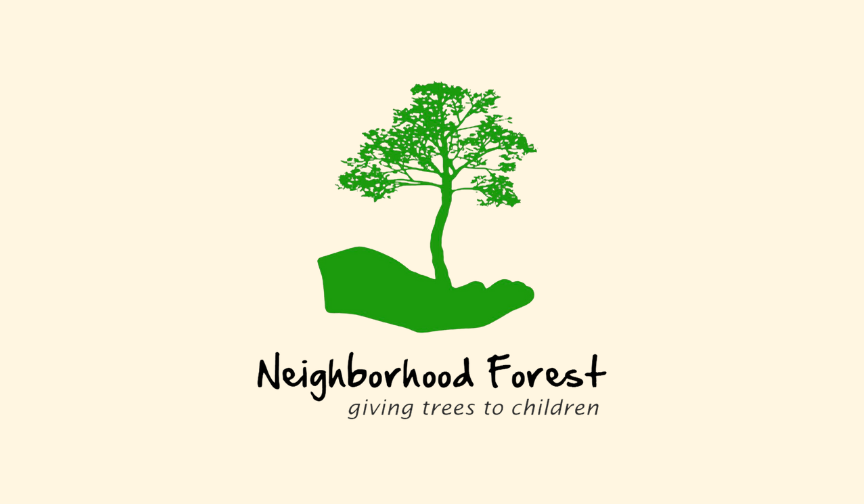Neighborhood Forest gives trees to children. They love planting trees and watching them grow. And they want to give every child this joy. Founded in 2010 by Vikas and Priya Narula, they are on track to reach one million children by 2030. And while they are new to the carbon markets, their fundamental positive impact should not be overlooked. Thanks a Ton is the first marketplace partner to offer credits from them, and we invite you to join us in this community-building effort.
As part of our five criteria for high quality carbon credits, this qualitative evaluation examines the measurability and durability of their carbon removal approach, respect for the environment, co-benefits, and alignment with the needs of local communities.
-
Measurably sequester CO₂: Neighborhood Forest removes CO₂ by planting urban and residential trees through the hands of children every year. Based on each species types, the amount of trees planted, and projected tree survival rates, their planting from 2024 will sequester over 40,000 metric tons of carbon dioxide (i.e. 11,000 metric tons of carbon). Each credit will have a picture of the tree and which certificates have been allocated to it.
-
Durability and co-benefits: Based on the expected longevity of each species, we calculate an average carbon permanence of 140 years per tree. However, factoring in the growing threat of wildfires throughout the world, and in the interest of maintaining conservative figures, we advertise a durability of 50 years. The trees are owned and cared for by the families that receive them. They plant and care for their trees on their own property.
There are many co-benefits from urban and residential tree planting, including cleaner air, improved social, mental, and physical well-being, reduced utility usage, increased property values, increased biodiversity and pollination, reduction of storm water runoff / soil erosion, and more.
-
Are additional (wouldn’t have happened without human intervention): Neighborhood Forest has given 310,000 kids their very own tree since 2010 across all 50 states, plus Canada and Mexico. These trees would not have been planted if it were not for the efforts of Neighborhood Forest.
-
Respect land, water, and biodiversity: The impact of urban and residential trees is far reaching and long lasting.
-
Align with needs of local communities: Neighborhood Forest's project works because of local communities' needs / desires. It is driven and run at the local level by diverse and wide-ranging demographics. They aim to provide native or fruit bearing trees in all the regions they serve and all of their programming is volunteer / grass-roots driven by schools, libraries, and youth groups in 3,500+ communities across North America.
Overall, Neighborhood Forest's unique approach to planting trees and sequestering carbon is one that many could learn from. By taking a communities-first approach and decentralizing their efforts across North America, they ensure that the trees kids plant today will be looked after for generations to come. For us, it is easy to see that Neighborhood Forest belongs in the high quality carbon market. What do you think?

